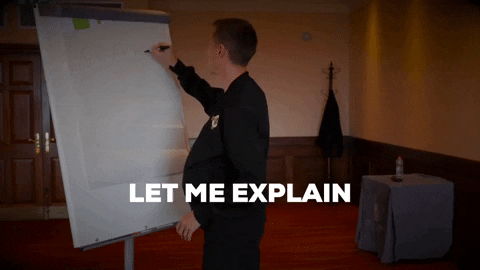The Beautiful Mystery of Menstruation
All You Need to Know About Your Monthly Visitor
In the cycle of life sacred events unfold.
Each month a rhythm of nature begins.
The womb gently whispers a song of creation.
This ode to menstruation, where womanhood spins, brings us to the story of a young lady.
Once Upon a Time…
In a small village, there lived a young girl named Mara. As mara approached her teenage years, a mysterious event began to unfold within her body.
One morning, Mara woke up and found a vivid red stain on her bed sheets.
In utter confusion, Mara ran to her mother for help, she explained the phenomenon of menstruation to her and tenderly welcomed her to the journey of womanhood.
At first, Mara was apprehensive, unsure of how to navigate this new phase, but with the cordial support of her mother and other village women, she learned to embrace her body’s natural rhythms.
Through pains and tears, trials and triumphs, Mara embraced menstruation not as a burden, but as a sacred gift.
Who is Mara? Mara is a strong woman. You are Mara, I am Mara.
Every Woman Is Mara!
Ever wondered about how menstruation takes place🤔?
It’s normal to be curious, this is how it happens…
The menstrual cycle is a natural process that happens in the female body, typically every 28 days (but the days can vary between 21-35 days).
It involves hormonal changes that prepare the body for pregnancy each month.
The cycle is divided into 4 phases: Menstruation, follicular, ovulation, and luteal phase.
Let’s Break It Down
Here’s a simple breakdown of what happens in your body before, during and after menstruation:
Menstruation Phase:
This is when a woman gets her period. The uterus sheds its inner lining because there’s no fertilized egg to implant.
Menstrual blood flows out of the uterus through the cervix and out of the body through the vagina.
It usually lasts 3-7 days and happens approximately every 28 days.
So why the menstrual cramps?
Menstrual cramps are caused by the uterus contracting to expel its inner lining.
Hormone-like substances called prostaglandins involved in inflammation and pain also trigger these contractions, which results in discomfort .
Intensity of pain also depends on other factors like stress, diet, lack of exercise and hormonal changes.
However, if the menstrual cramps hinders you from carrying out your daily activities, it’s best you see a medical practitioner as this may be a result of an underlying medical condition.
Follicular Phase:
This phase is the longest (lasting about 14-21 days). It starts on the first day of your period and ends in ovulation.
Follicle stimulating hormone (FSH) from the brain prompts the ovaries to produce follicles which contain an egg.
As the follicles grow, they release estrogen, which thickens the uterine lining.
Ovulation Phase:
Around the middle of the menstrual cycle (usually day 14 in a 28-day cycle), one mature follicle releases an egg. This is triggered by an increase in luteinizing hormone (LH).
The egg travels down the fallopian tube to the uterus, where it can be fertilized by sperm.
Luteal Phase:
After ovulation, the empty follicle turns into a structure called the corpus luteum.
The corpus luteum releases progesterone, which helps thicken the uterine lining further, preparing it for pregnancy.
If the egg isn't fertilized, the corpus luteum breaks down, leading to a drop in progesterone levels, PMS starts during the last week of this phase and the menstrual cycle starts again with menstruation.
Wrapping Up
Now you know the reasons why you experience those physical and behavioral changes at certain times of the month.
However, if you are above 17 years and you don’t see your period or it’s irregular then you need to see a medical practitioner.
Don't forget to pamper yourself, eat a balanced diet , exercise regularly, take timely rest and drink adequate water.
My warm regards to all women out there.
Stay strong💪.






